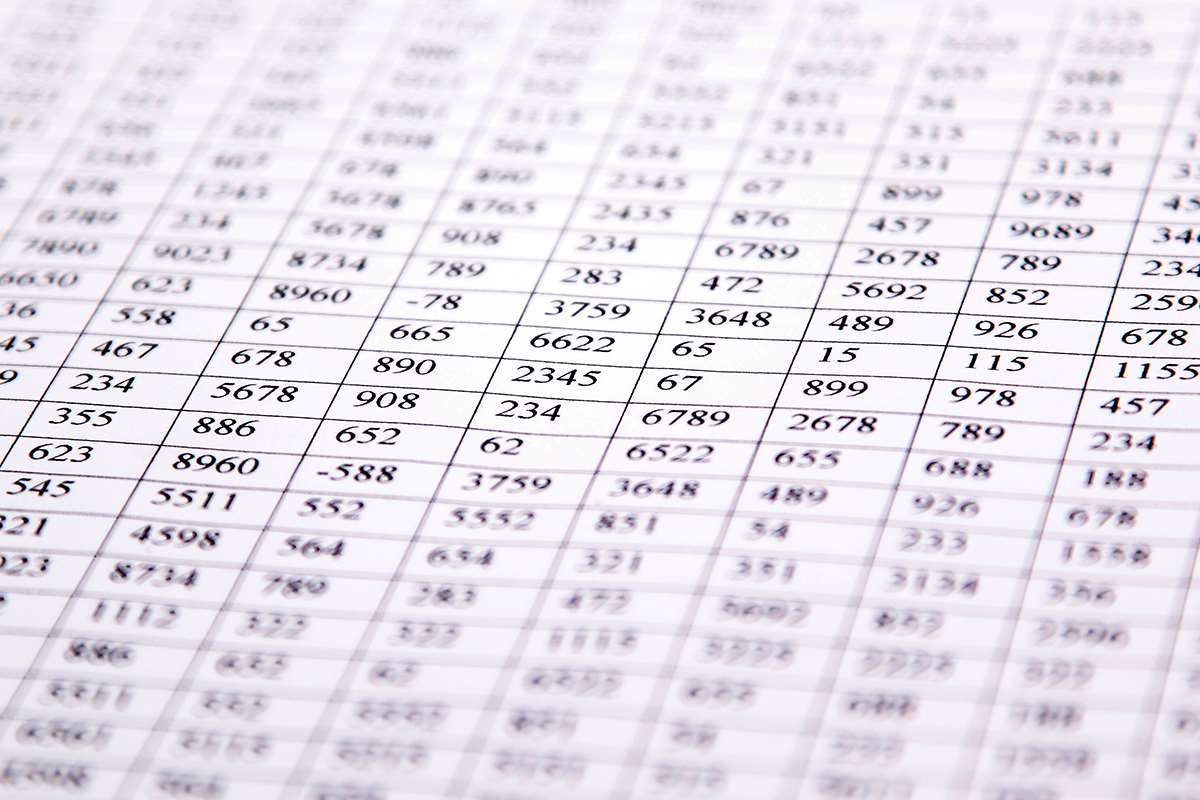- 04-08-2024

The activity base should be a measure of the volume of activity that drives overhead costs. By carefully considering these factors, businesses can determine an overhead rate that provides a reasonable basis for allocating overhead costs and managing profitability. By knowing the total overhead costs for a period in advance, businesses can plan for the necessary cash flow to cover these costs. First, they can help businesses to more accurately estimate the cost of their products or services. This can lead to more informed decision-making about pricing and production levels.
How do you calculate predetermined overhead rate in accounting?
Following this, you can assess which costs are similar and therefore which allocation base they belong to. In this guide, we’ll walk through a predetermined overhead rate step-by-step process for calculating the predetermined overhead rate, its importance, and best practices for accuracy. The calculations Musicality did in order to switch to ABC revealed that the Solo product was generating a loss for every unit sold. Musicality could also decide to continue selling Solo at a loss, because the other products are generating enough profit for the company to absorb the Solo product loss and still be profitable. Sometimes these products are ones for which the company is well known or that draw customers into the store. For example, companies will sometimes offer extreme sales, such as on Black Friday, to attract customers in the hope that the customers will purchase other products.
Find the talent you need to grow your business
Therefore, in simple terms, the POHR formula can be said to be a metric for an estimated rate of the cost of manufacturing a product over a specific period of time. That is, a predetermined overhead rate includes the ratio of the estimated overhead costs for the year to the estimated level of activity for the year. Now ABC Co. can compare its estimated results with actual results to Remote Bookkeeping evaluate how it has performed.
- Because job costing tracks costs in detail for each job, it can be a helpful tool for small business owners to evaluate individual jobs and see if any expenses can be reduced on similar projects in the future.
- The ABC method involves identifying and assigning overhead costs to specific activities that are required to produce goods or services.
- The total amount of overhead should be the same whether using activity-based costing or traditional methods of cost allocation to products.
- However, the variance between actual overhead and estimated will be reconciled and adjust to the financial statement.
- For businesses in manufacturing, establishing and monitoring an overhead rate can help keep expenses proportional to production volumes and sales.
Predetermined Overhead Rate Example
Thus the organization gets a clear idea of the expenses allocated and the expected profits during the year. The concept of predetermined overhead is based on the assumption that the overheads will remain constant, and the production value is dependent on it. We can calculate predetermined overhead for material using units to be allocated. For example, we can use labor hours worked, and for calculating overhead for the store department, we can use the quantity of material to be used.

Calculations
- The company actually had $300,000 in total manufacturing overhead costs for the year, and the actual machine hours used were 53,000.
- Overhead expenses are generally fixed costs, meaning they’re incurred whether or not a factory produces a single item or a retail store sells a single product.
- Process costing is only used in the case of mass production of a product, determining the unit cost per item.
- If you’d like to learn more about calculating rates, check out our in-depth interview with Madison Boehm.
- This rate would then charge $4 of overhead to production for every direct labor hour worked.
Then, they’ll need to estimate the amount of activity or work that will be performed in that same time period. For this example, we’ll say the marketing agency estimates that it will work 2,500 hours in the upcoming year. Fixed costs are those that remain the same even when production or sales volume changes. So if your business is selling more products, you’ll still be paying the same amount in rent. But before we dive deeper into calculating predetermined overhead, we need to understand the concept of overhead itself.
Estimate Future Overhead Costs
The activity base needs to be a measure which will apply the manufacturing overhead to the products on a fair and impartial basis. The differences between the actual overhead and the estimated predetermined overhead are set and adjusted at every year-end. Hence, there is a need to place more reliance on the estimated and not actual. So, there is a need to place more reliance on the management’s estimates, resulting in appropriate costing and reporting. Hence, a suitable rate can be estimated based on the forecasted conditions of the accounting period.

Uses of calculating the predetermined overhead rate
If you rely on subcontractors to complete work your company doesn’t do itself, factor those costs into your total labor costs for the job. The number of units produced allocates overhead costs based on the number of units manufactured. It’s a simple method to use, but it may not reflect the variations in overhead costs incurred during different production periods. This method is suitable for businesses that rely heavily on machinery in their operations. It provides a more precise allocation of overhead costs based on machine usage. Once you have gathered this information, you can calculate the department-wide overhead rate for each department by dividing the total overhead costs by the total direct costs for that department.

So, if you were to measure the total direct labor cost for the week, the denominator would be the total weekly cost of direct labor for production that week. Finally, you would divide the indirect costs by the allocation measure to achieve how much in overhead costs for every dollar spent on direct labor for the week. It’s calculated by obtaining budgeted cost and level of activity, and it’s preferred over actual overheads retained earnings because estimates can include seasonal variations and other estimates. A predetermined overhead cost rate is an estimated rate used to apply overhead costs to products during the accounting period, calculated before actual costs are known.
